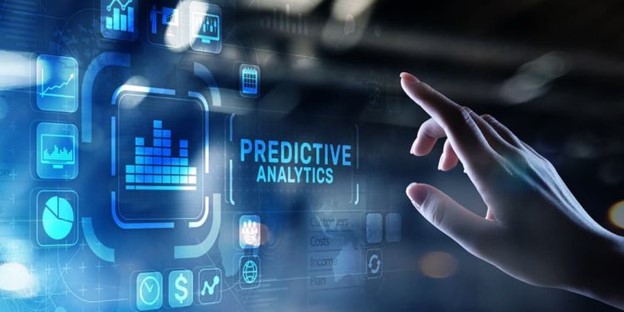Predictive Analytics

Predictive analytics is the process of using data to forecast future outcomes. The process uses data analysis, machine learning, artificial intelligence, and statistical models to find patterns that might predict future behavior.
This podcast is all about predicting the future based on data. Using finance organizations for example, combining multiple analytics methods. With these combinations one can improve pattern detection, identify criminal behavior, and prevent fraud. As cybersecurity becomes a growing concern, high-performance behavioral analytics examines all actions on a network in real time. These scans can spot abnormalities that may indicate fraud, zero-day vulnerabilities and advanced persistent threats.
Many companies use predictive models to forecast inventory and manage resources. Airlines use predictive analytics to set ticket prices. Hotels try to predict the number of guests for any given night to maximize occupancy and increase revenue. Predictive analytics enables organizations to function more efficiently.
Financial Industry:
The financial industry, with huge amounts of data and money at stake, has long embraced predictive analytics. They are used to detect and reduce fraud, measure credit risk, maximize cross-sell/up-sell opportunities and retain valuable customers. Commonwealth Bank uses analytics to predict the likelihood of fraud activity for any given transaction before it is authorized – within 40 milliseconds of the transaction initiation.
Model Types:
There are two types of predictive models. Classification models predict class membership. For instance, you try to classify whether someone is likely to leave, whether he will respond to a solicitation, whether he’s a good or bad credit risk, etc. Usually, the model results are in the form of 0 or 1, with 1 being the event you are targeting. Regression models predict a number. For example, how much revenue a customer will generate over the next year or the number of months before a component will fail on a machine.
Predictive analytics is the use of data, statistical algorithms, and machine learning techniques to identify the likelihood of future outcomes based on historical data. The goal is to go beyond knowing what has happened to provide a best assessment of what will happen in the future.
The book has an example of predicting login attempts from another country. What we did was leave the SSH daemon running and were able to block based on IP address during a specific time of day. This was a simple case but an example of implementing proactive measures based on collected data.

![]()




